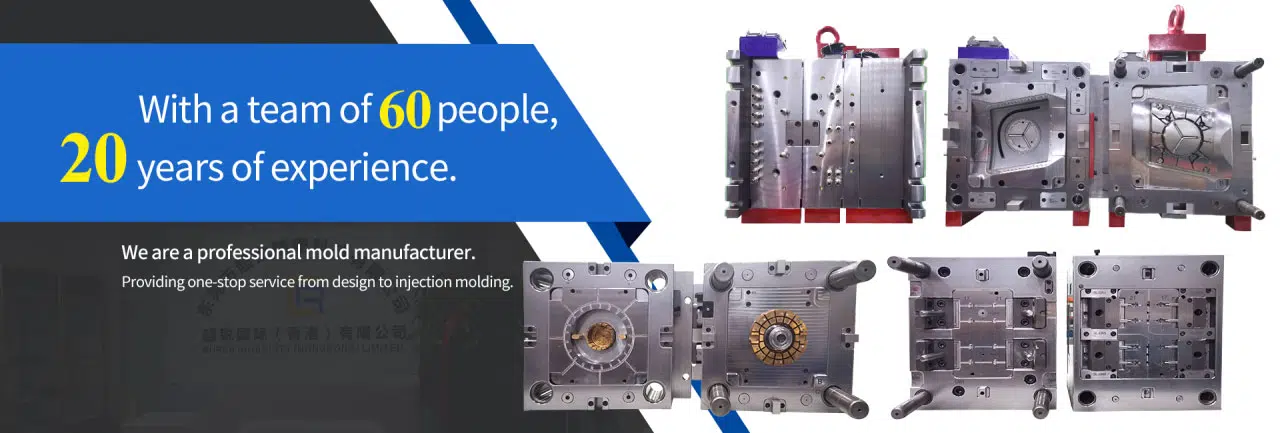
,文章字数在1000字左右
html
Swiss Lathe Precision Machining Techniques
Swiss lathes, also known as Swiss-type lathes or Swiss screw machines, represent a pinnacle of precision machining technology. These specialized machines have revolutionized the manufacturing industry by enabling the production of extremely small, complex parts with unparalleled accuracy. In this article, we’ll explore the unique characteristics of Swiss lathes and the advanced techniques that make them indispensable for precision machining.
The Anatomy of a Swiss Lathe
Unlike conventional lathes, Swiss lathes feature a sliding headstock design that allows the workpiece to move axially through a guide bushing. This fundamental difference provides several advantages:
- Enhanced stability for long, slender workpieces
- Reduced vibration during machining
- Superior concentricity and surface finish
- Ability to machine complex geometries in a single setup
Key Precision Machining Techniques
1. Guide Bushing Technology
The guide bushing is the heart of Swiss lathe precision. This hardened steel component supports the workpiece just millimeters away from the cutting tool, minimizing deflection and vibration. Modern Swiss lathes often incorporate:
- Adjustable bushings for different material diameters
- Quick-change systems for reduced setup time
- Specialized coatings to reduce friction and wear
2. Live Tooling Capabilities
Contemporary Swiss lathes integrate live tooling stations that enable milling, drilling, and tapping operations without removing the workpiece. This multi-tasking capability:
- Eliminates secondary operations
- Improves part accuracy by maintaining a single setup
- Reduces production time and costs
3. Micro-Machining Precision
Swiss lathes excel at producing miniature components with tolerances as tight as ±0.0002 inches (0.005 mm). Achieving this level of precision requires:
- High-resolution linear scales for position feedback
- Thermal compensation systems
- Advanced tool monitoring technology
- Precision-ground guide bushings
Material Considerations
Swiss lathes handle a wide range of materials with exceptional results:
| Material | Typical Applications |
|---|---|
| Stainless Steel | Medical implants, aerospace fasteners |
| Titanium | Orthopedic devices, military components |
| Brass | Electrical contacts, plumbing fittings |
| Plastics | Medical components, optical parts |
Programming and Automation
Modern Swiss lathes incorporate sophisticated CNC systems with specialized programming features:
Keyword: Swiss Lathe
- Custom macros for repetitive operations
- Simulation software to verify tool paths
- Automatic tool wear compensation
- Integration with robotic loading systems
Industry Applications
The precision of Swiss lathes makes them ideal for critical industries:
Medical Device Manufacturing
From bone screws to surgical instruments, Swiss lathes produce components that meet stringent FDA requirements.
Aerospace Components
Fuel system parts, fasteners,